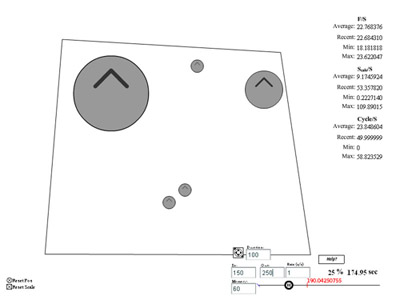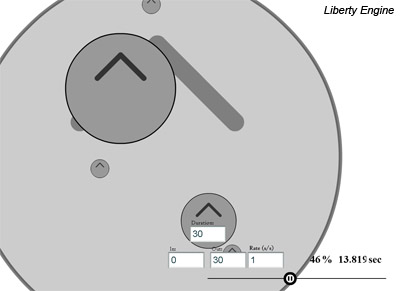It’s been a while since I updated on the old Liberty Engine so here it is with a lot more polish than the last demo. You still can’t modify the objects or forces just yet, but I sharpened up everything else. It’s running much more efficiently, with stats, an improved console and new keyboard commands. It also includes a “Help” button that will explain all of its functions on mouse-over.
Here is a swf copy as well as an exe. I haven’t seen much of a performance difference between the two:
The default “memory” setting is 60 seconds, so if you play more than 60 seconds it will begin deleting old data. This is meant to prevent the program from filling your computers memory and lagging or crashing. However, you can set the memory value to Infinity and see how much you can hold without slowdown. I found a loss of about 2 or 3 fps with 1 hour of data. I average about 6 or 7 calculated seconds per actual second (Scalc/S) so you should be able to set the rate of time passage to as high as 6 without playback time ever passing up calculation time. But play around with it and let me know how it runs on your machine. I could use the feedback!
With your time rate set to 6, you can get through an hour of simulation in 10 minutes.















